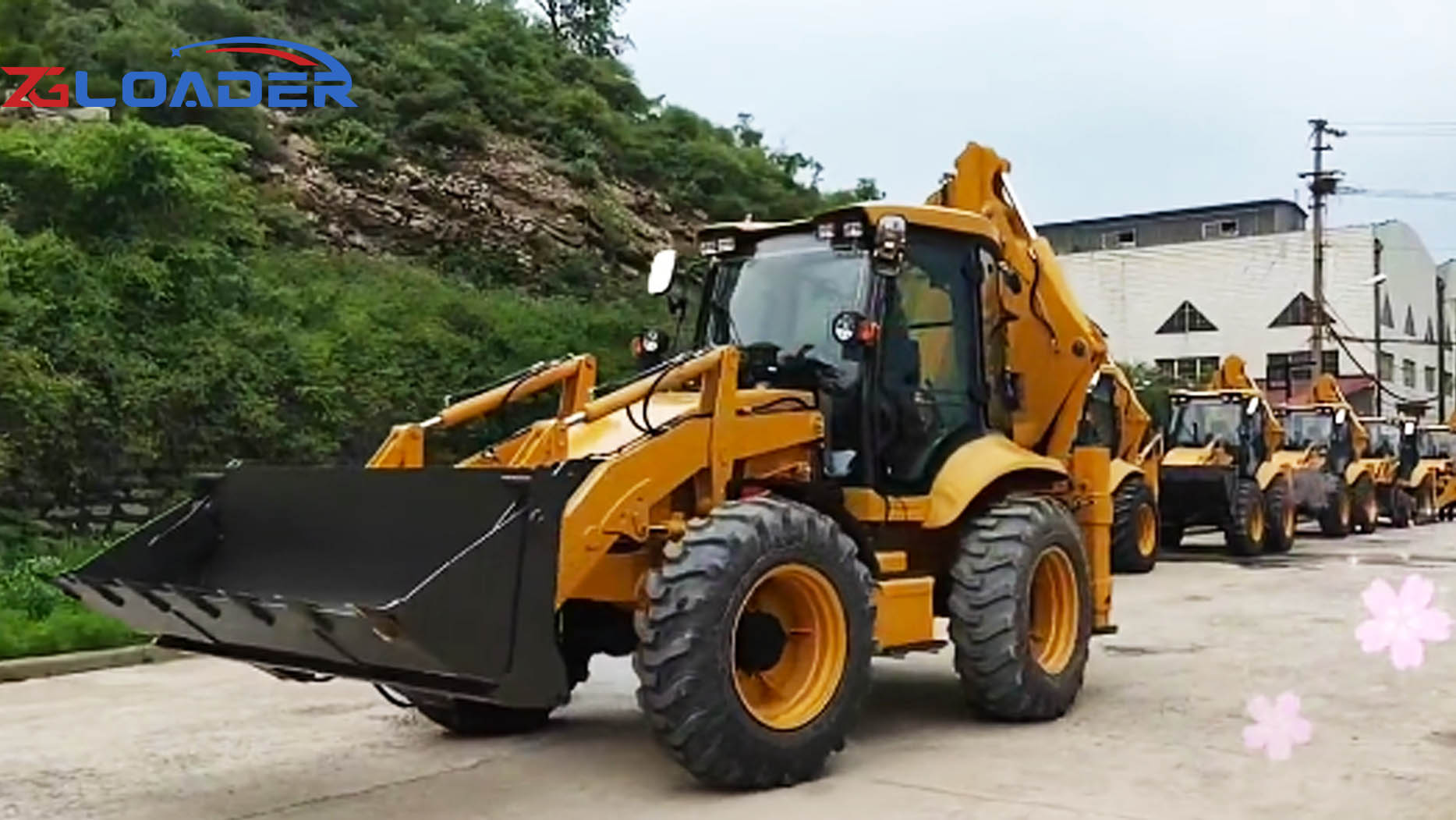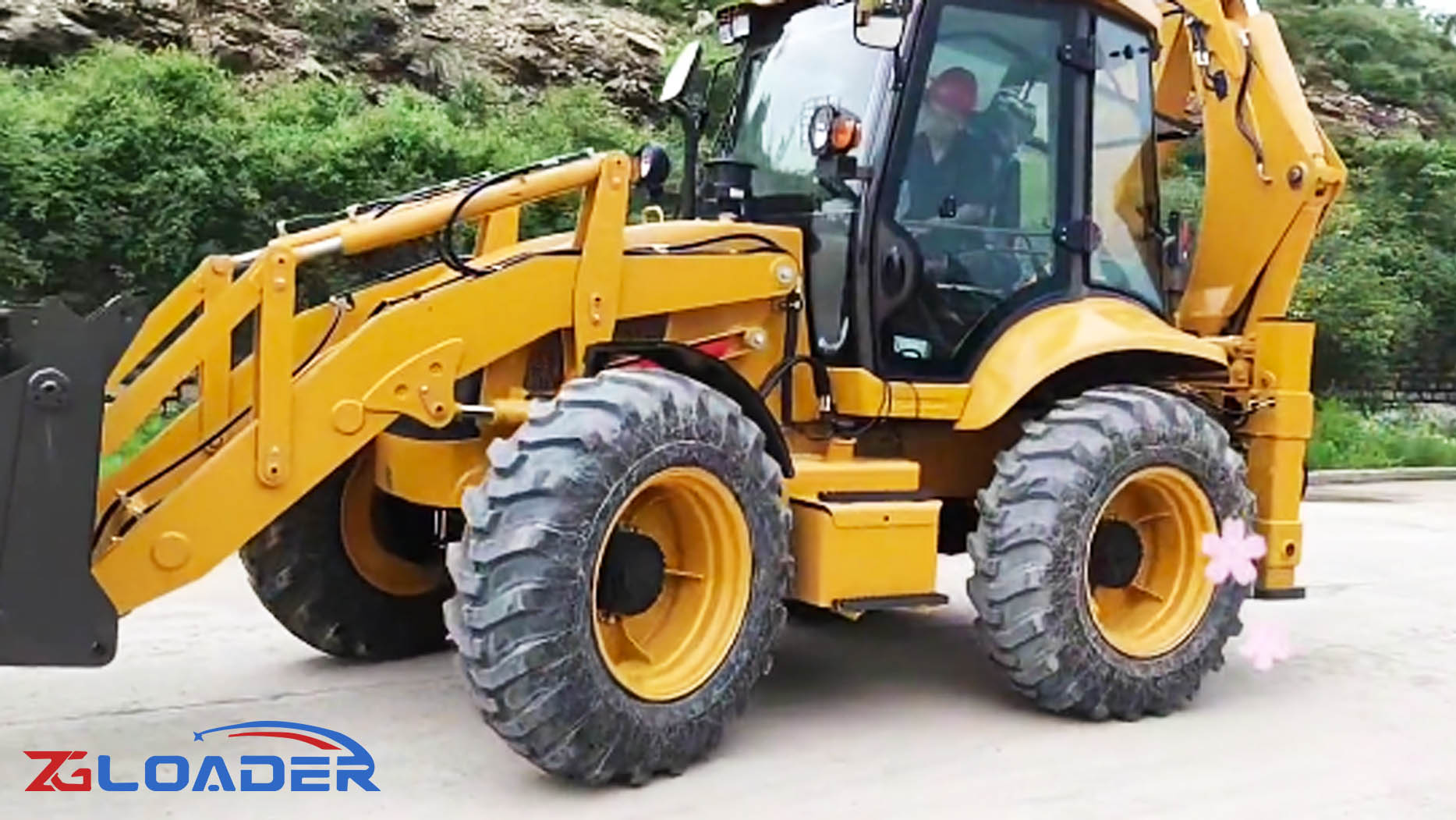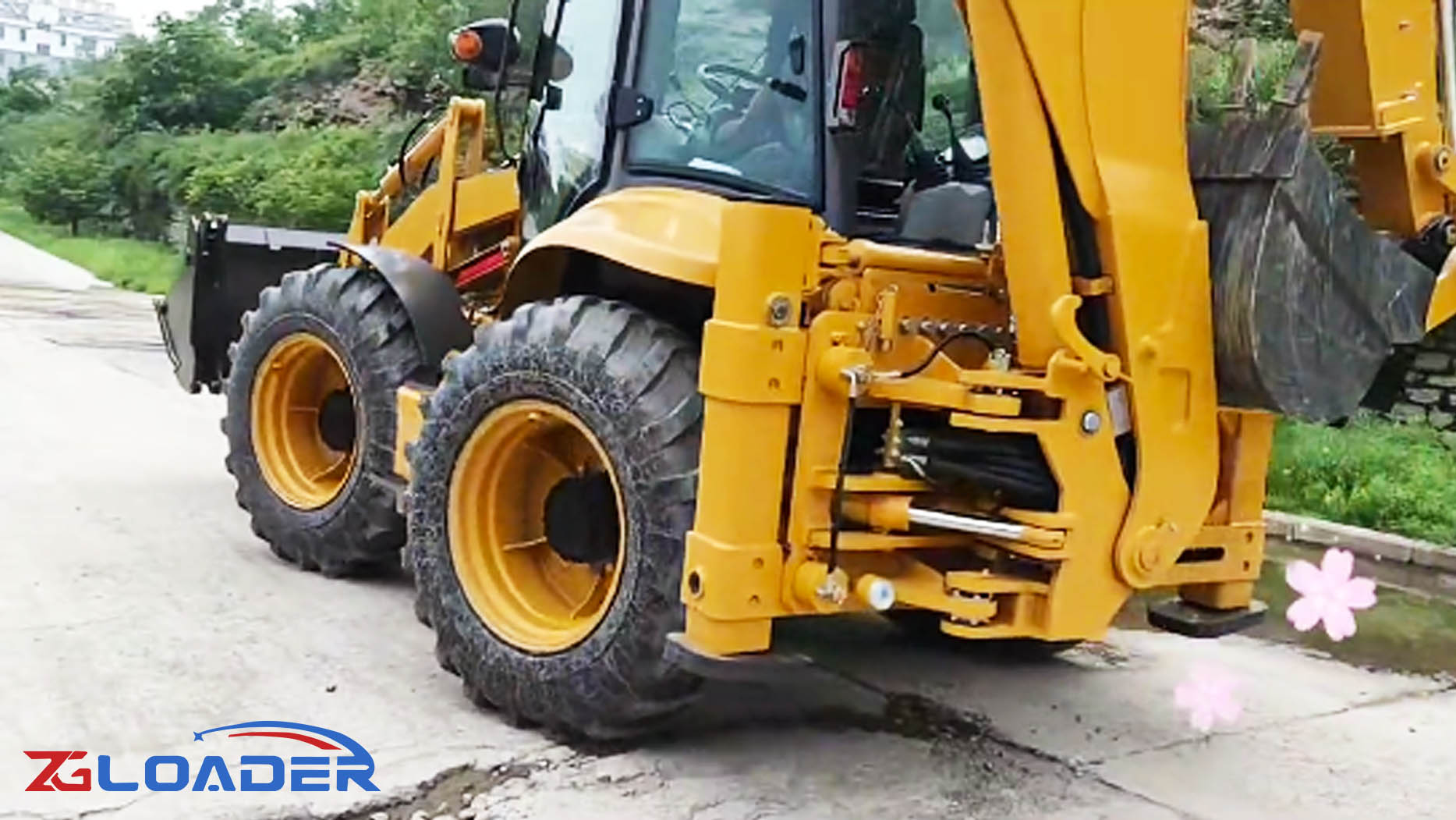Unearthing the Origins of a Construction Icon
The backhoe. A ubiquitous sight on construction sites, roadworks, and even residential projects, this versatile machine is a workhorse of modern engineering. Its distinctive articulated arm, capable of digging, lifting, and moving earth, has become synonymous with efficiency and power. But have you ever stopped to consider the name? Why backhoe? The answer, while seemingly simple, is rooted in the evolution of the machine itself and the clever mechanics that define its operation. This article will delve into the history of the backhoe, exploring its design, its predecessors, and ultimately, explaining the logic behind its intriguing name.
Early Excavators: The Seeds of Innovation
To understand the backhoe, we must first look at the broader history of excavation equipment. Early attempts at mechanizing digging were often cumbersome and inefficient. Steam-powered shovels, while powerful, were large, difficult to maneuver, and required significant setup time. These early excavators primarily focused on "front-end" digging, where the bucket or shovel moved away from the machine. This method was effective for large-scale projects but lacked the precision and maneuverability needed for smaller, more confined spaces.
The seeds of the backhoe’s design can be traced back to the development of hydraulic excavators. Hydraulic power offered a significant advantage over steam, providing greater control, increased power-to-weight ratio, and the ability to perform more complex movements. The introduction of hydraulics allowed engineers to explore new configurations for digging implements, paving the way for the rear-mounted digging arm that defines the backhoe.
The Birth of the Backhoe: A Rear-Facing Revolution
The key innovation that distinguishes a backhoe from other excavators is its rear-mounted digging arm. This seemingly simple change in configuration had a profound impact on the machine's capabilities. Instead of digging away from the machine, the backhoe digs towards it, pulling the earth back. This "pull-in" motion offers several advantages:
Increased Precision: Digging towards the machine allows for finer control over the digging process. Operators can more easily create clean, straight trenches and precisely shape excavations.
Improved Maneuverability: The rear-mounted arm allows the machine to work in tighter spaces. The backhoe can dig close to walls, foundations, and other obstacles, making it ideal for urban environments and confined construction sites.
Enhanced Safety: By digging towards the machine, the operator has a clearer view of the digging area, reducing the risk of accidents and damage to underground utilities.
Greater Versatility: The backhoe's design lends itself to a wide range of attachments, including buckets of various sizes, grapples, and breakers, further expanding its utility.
The Naming Convention: Unraveling the Mystery
So, why "backhoe"? The answer lies in the combination of the machine's primary function and the direction of its digging action.
"Hoe": The term "hoe" refers to a simple hand tool used for digging and cultivating. It's characterized by a flat blade attached to a handle, and it's used by pulling the blade towards the user. This pulling action is precisely what the backhoe arm replicates, albeit on a much larger scale. The connection to the hand tool "hoe" emphasizes the pulling motion inherent in the machine’s operation.
"Back": The "back" prefix refers to the rear-mounted position of the digging arm. It distinguishes the backhoe from earlier excavators that featured front-mounted digging implements. This "back" positioning is the defining characteristic of the machine and the key to its unique capabilities.
Therefore, "backhoe" is a descriptive term that accurately reflects the machine's design and operation. It's a combination of the "hoe" action – the pulling motion of the digging implement – and the "back" positioning of the arm.
Beyond the Name: The Backhoe's Enduring Legacy
The backhoe has become an indispensable tool in the construction industry. Its versatility, maneuverability, and power have made it a staple on job sites around the world. From digging foundations and trenches to moving earth and debris, the backhoe plays a crucial role in countless projects.
The evolution of the backhoe is a testament to the power of innovation. By rethinking the traditional configuration of excavation equipment, engineers created a machine that is more efficient, more precise, and more versatile. The name "backhoe," while seemingly simple, encapsulates the essence of this innovation, highlighting the unique combination of its digging action and rear-mounted design.
The backhoe's legacy extends beyond its practical applications. It has also become a symbol of progress and development, representing the ingenuity of human engineering. The next time you see a backhoe at work, take a moment to appreciate the clever mechanics and the historical context behind its name. It's a reminder that even the most familiar objects often have fascinating stories to tell.
Further Developments and Variations:
While the core concept of the backhoe remains the same, continuous advancements have led to improvements in its performance and features. Modern backhoes often incorporate:
Enhanced Hydraulics: More sophisticated hydraulic systems provide greater power, precision, and efficiency.
Improved Operator Comfort: Cabs are designed with ergonomics in mind, featuring comfortable seating, intuitive controls, and enhanced visibility.
Advanced Technology: Features like GPS guidance, laser leveling, and telematics systems are becoming increasingly common, improving productivity and accuracy.
Mini Backhoes: Smaller, more compact backhoes are designed for residential projects and confined spaces, further expanding the versatility of the machine.
Conclusion:
The backhoe's name is not just a random label; it's a reflection of its design and function. The "back" refers to the rear-mounted digging arm, while the "hoe" refers to the pulling action of the digging implement. This simple yet descriptive name encapsulates the key innovations that distinguish the backhoe from other excavators. From its humble beginnings to its current status as a construction icon, the backhoe's story is a testament to the power of ingenuity and the enduring legacy of a well-named machine.
Post time:Feb.18.2025



